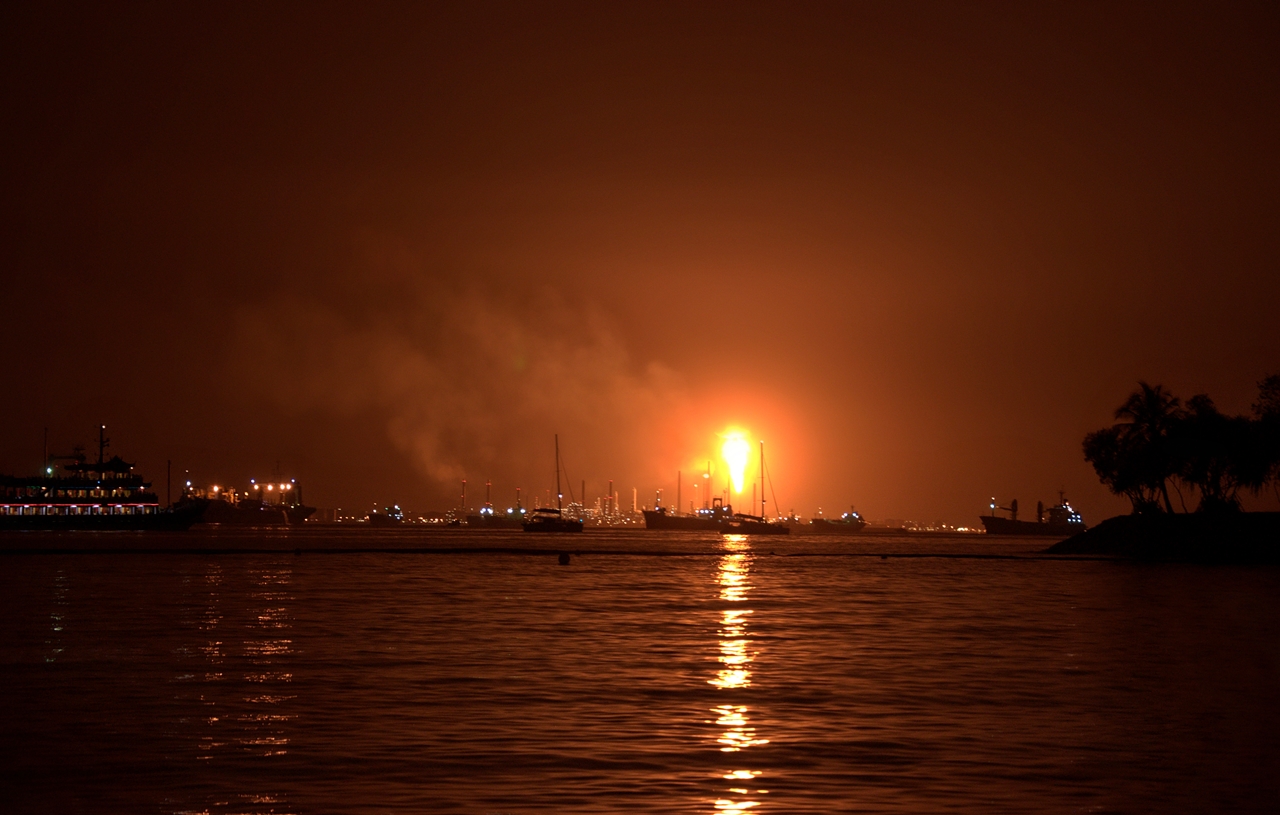Methane is the main component of natural gas. It is also a potent greenhouse gas, having 25 times the heat trapping ability of carbon dioxide.
Methane is produced by a variety of natural processes, notably by the metabolisms of livestock. But the biggest human source of atmospheric methane is the oil and gas industry.
Methane escapes into the atmosphere at points all along the production chain between wellheads and the consumer. It seeps out of old or inefficient pumps, distribution lines, and storage tanks. It is often burned off or flared intentionally as a byproduct of oil production.
The EPA has recently put in place new rules aimed at new energy facilities designed to cut somewhere between 20 to 30 percent of the industry’s methane emissions. The administration has announced a goal of reducing methane emissions by 40 to 45 percent, so there are still additional actions that must be taken.
The U.S. has more than 500 gas processing facilities and over a million active oil and gas wells. A recent study out of Colorado State University claims that methane emissions from these facilities are much greater than EPA estimates. Since natural gas is mostly methane, these emissions are not only harmful, they are wasteful.
For its part, the American Petroleum Institute says that the new rules are “duplicative, costly, and undermine America’s competitiveness” and that the industry is already taking action on methane. However, there is little evidence that industry is likely to voluntarily solve the methane problem. What is needed is a comprehensive industry-wide cleanup and the sooner the better.
**********
Web Links
Will New U.S. Restrictions on Methane Be Enough?
Methane Emissions from United States Natural Gas Gathering and Processing
Photo, posted March 13, 2010, courtesy of Schristia via Flickr.
Earth Wise is a production of WAMC Northeast Public Radio.
